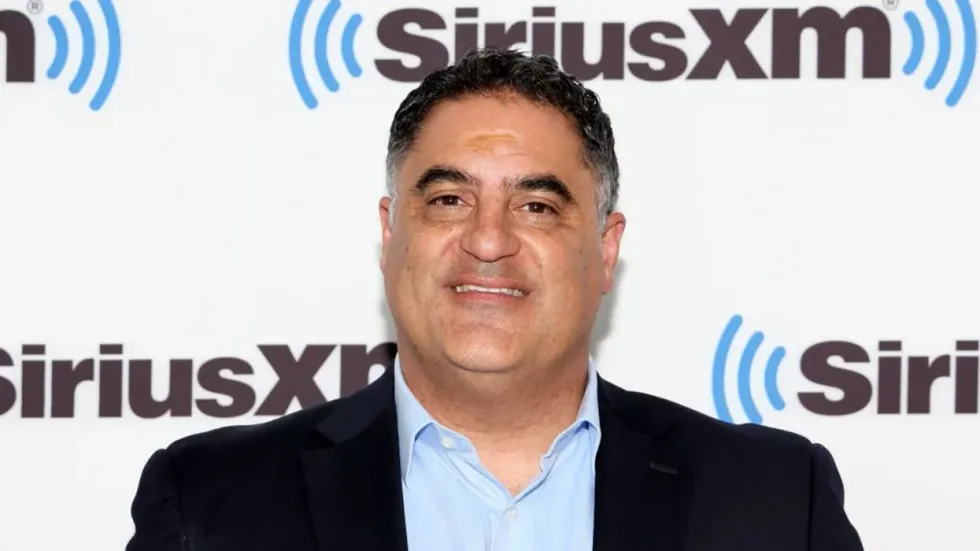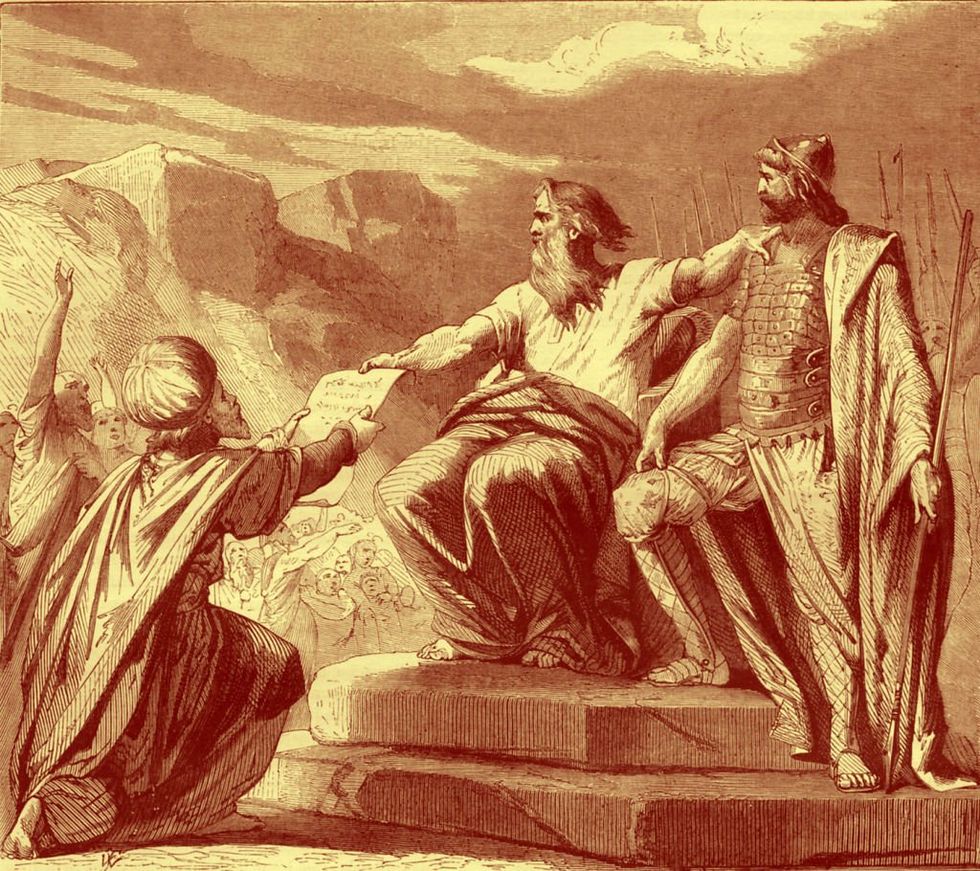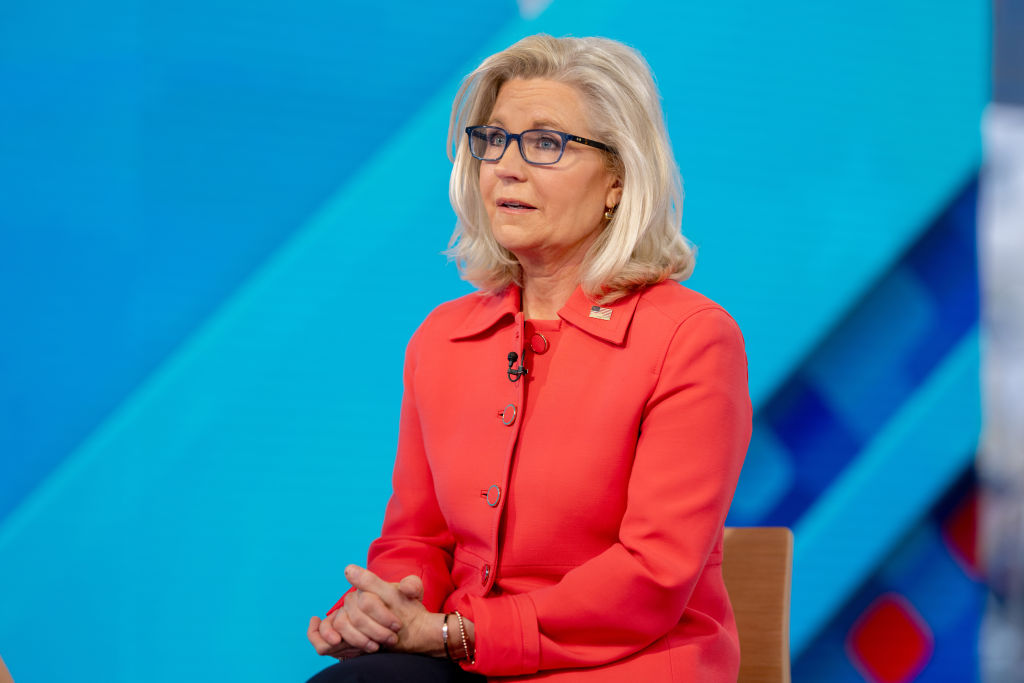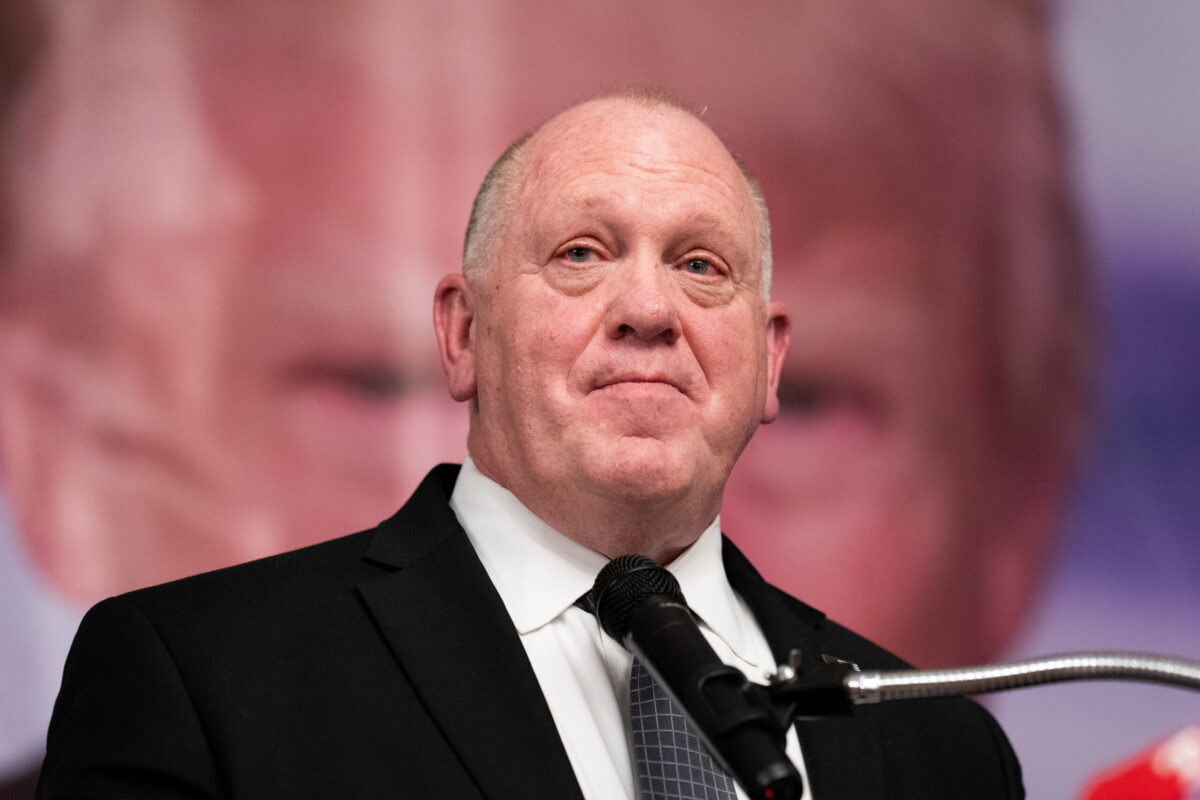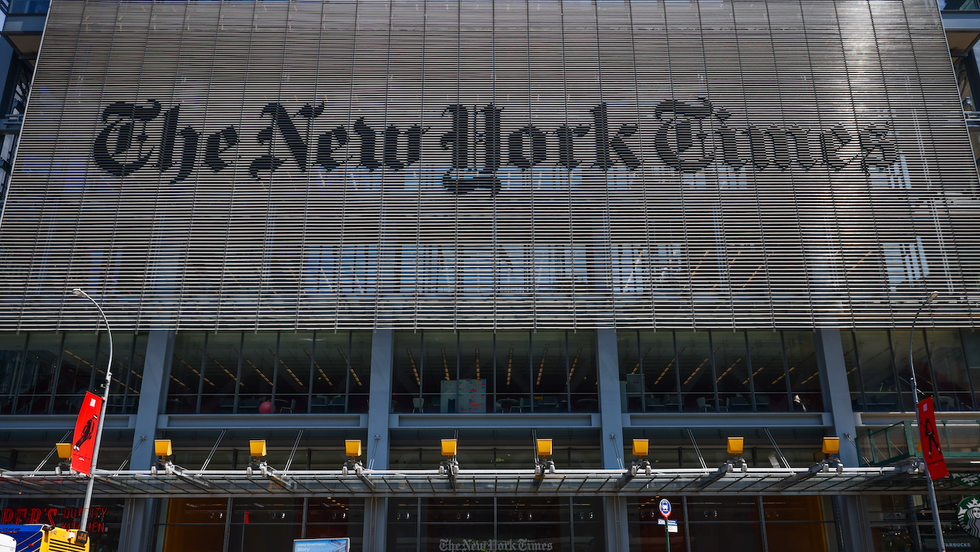Why do we love 'Twisters'? Call it the Maverick effect
Talk about a whirlwind summer. After a lackluster April and May, the box office came roaring back to life with monster hits like "Inside Out 2" and "Deadpool & Wolverine." While those two installments did even better than expected — "Inside Out 2" is now the top-grossing animated film of all time, and "Deadpool & Wolverine" just raked in a cool billion — maybe the biggest surprise of the season is "Twisters." No superheroes or Jedi warriors; just regular Americans showing up and doing their duty. Much like one of the titular tornados Glen Powell and crew chase down, the disaster flick's success seemed to come out of nowhere. In retrospect, it makes sense that audiences would flock to this highly belated sequel to 1996's "Twister." A non-woke, thrilling blockbuster for all ages, with likeable movie stars portraying likeable characters; big, edge-of-your-seat action sequences; and a story with heart? Take our money. But there’s another reason for all the love: a little factor I like to call the Maverick effect. Allow me to explain. Two summers ago, ticket sales soared into the stratosphere with the release of another sequel decades in the making: "Top Gun: Maverick." While "Maverick" has all the virtues I just extolled in "Twisters," there's a little something else both movies share, besides the rising star power of Glen Powell: American pride. It's a bit more understated than the over-the-top patriotism of '80s classics like "Rambo" or "Rocky IV," and that's what's so appealing about it. That is to say, both films depict real people doing real things and turn it into epic cinema. Whether they're flying jets at Mach 9 speeds or chasing storms in the untraveled farmlands of Oklahoma, these people are ultimately just doing their jobs. Where they do those jobs also matters: "Maverick" at the North Island Naval Air Station, San Diego, where brave men and women serve this country over seas and skies; and "Twisters" in the fictional Midwestern everytown of Wakita, Oklahoma. Both settings respectfully evoke the kind of hardworking American communities not often seen on the big screen. No superheroes or Jedi warriors; just regular Americans showing up and doing their duty. You might say Tom Cruise takes a similar workmanlike approach to his job as a movie star, even if does involve hanging off of the side of a plane or climbing the world's tallest building. And it's clearly rubbed off on his protégé, Powell. Like Cruise before him, the younger star is open about his desire to entertain the "vast parts of America that have been underserved in terms of movies that they want to see.” Clearly, if you serve them, they will come. Hollywood isn’t known for learning the right lessons from its successes (or its failures), but here’s hoping that the powers that be catch on to the Maverick effect and its endless potential for driving American audiences back to the cinemas.
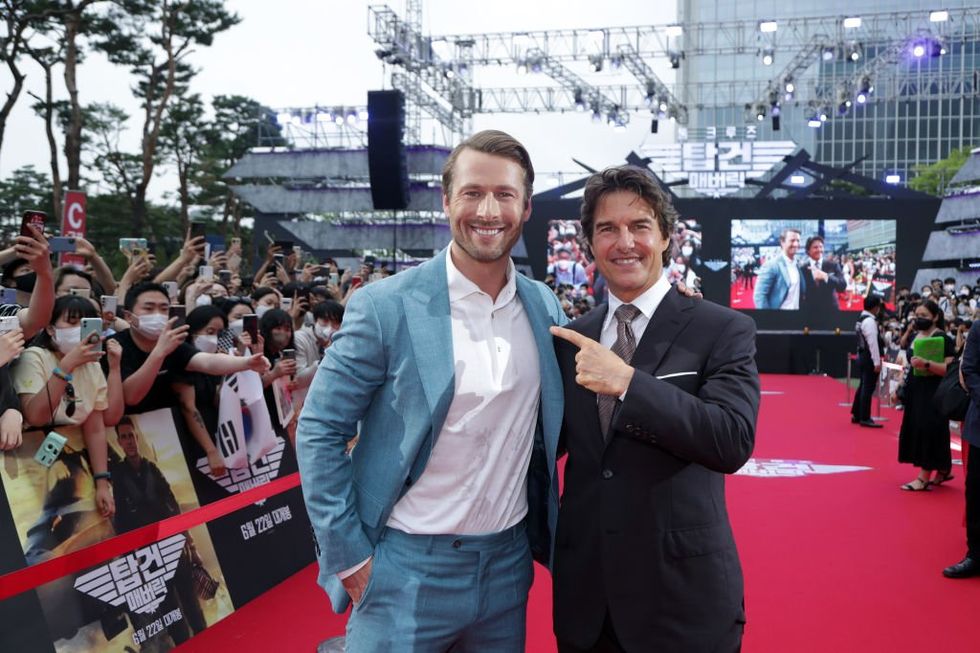

Talk about a whirlwind summer.
After a lackluster April and May, the box office came roaring back to life with monster hits like "Inside Out 2" and "Deadpool & Wolverine." While those two installments did even better than expected — "Inside Out 2" is now the top-grossing animated film of all time, and "Deadpool & Wolverine" just raked in a cool billion — maybe the biggest surprise of the season is "Twisters."
No superheroes or Jedi warriors; just regular Americans showing up and doing their duty.
Much like one of the titular tornados Glen Powell and crew chase down, the disaster flick's success seemed to come out of nowhere.
In retrospect, it makes sense that audiences would flock to this highly belated sequel to 1996's "Twister." A non-woke, thrilling blockbuster for all ages, with likeable movie stars portraying likeable characters; big, edge-of-your-seat action sequences; and a story with heart? Take our money.
But there’s another reason for all the love: a little factor I like to call the Maverick effect.
Allow me to explain. Two summers ago, ticket sales soared into the stratosphere with the release of another sequel decades in the making: "Top Gun: Maverick."
While "Maverick" has all the virtues I just extolled in "Twisters," there's a little something else both movies share, besides the rising star power of Glen Powell: American pride.
It's a bit more understated than the over-the-top patriotism of '80s classics like "Rambo" or "Rocky IV," and that's what's so appealing about it.
That is to say, both films depict real people doing real things and turn it into epic cinema. Whether they're flying jets at Mach 9 speeds or chasing storms in the untraveled farmlands of Oklahoma, these people are ultimately just doing their jobs.
Where they do those jobs also matters: "Maverick" at the North Island Naval Air Station, San Diego, where brave men and women serve this country over seas and skies; and "Twisters" in the fictional Midwestern everytown of Wakita, Oklahoma. Both settings respectfully evoke the kind of hardworking American communities not often seen on the big screen.
No superheroes or Jedi warriors; just regular Americans showing up and doing their duty. You might say Tom Cruise takes a similar workmanlike approach to his job as a movie star, even if does involve hanging off of the side of a plane or climbing the world's tallest building. And it's clearly rubbed off on his protégé, Powell. Like Cruise before him, the younger star is open about his desire to entertain the "vast parts of America that have been underserved in terms of movies that they want to see.”
Clearly, if you serve them, they will come. Hollywood isn’t known for learning the right lessons from its successes (or its failures), but here’s hoping that the powers that be catch on to the Maverick effect and its endless potential for driving American audiences back to the cinemas.
Originally Published at Daily Wire, World Net Daily, or The Blaze
What's Your Reaction?

















